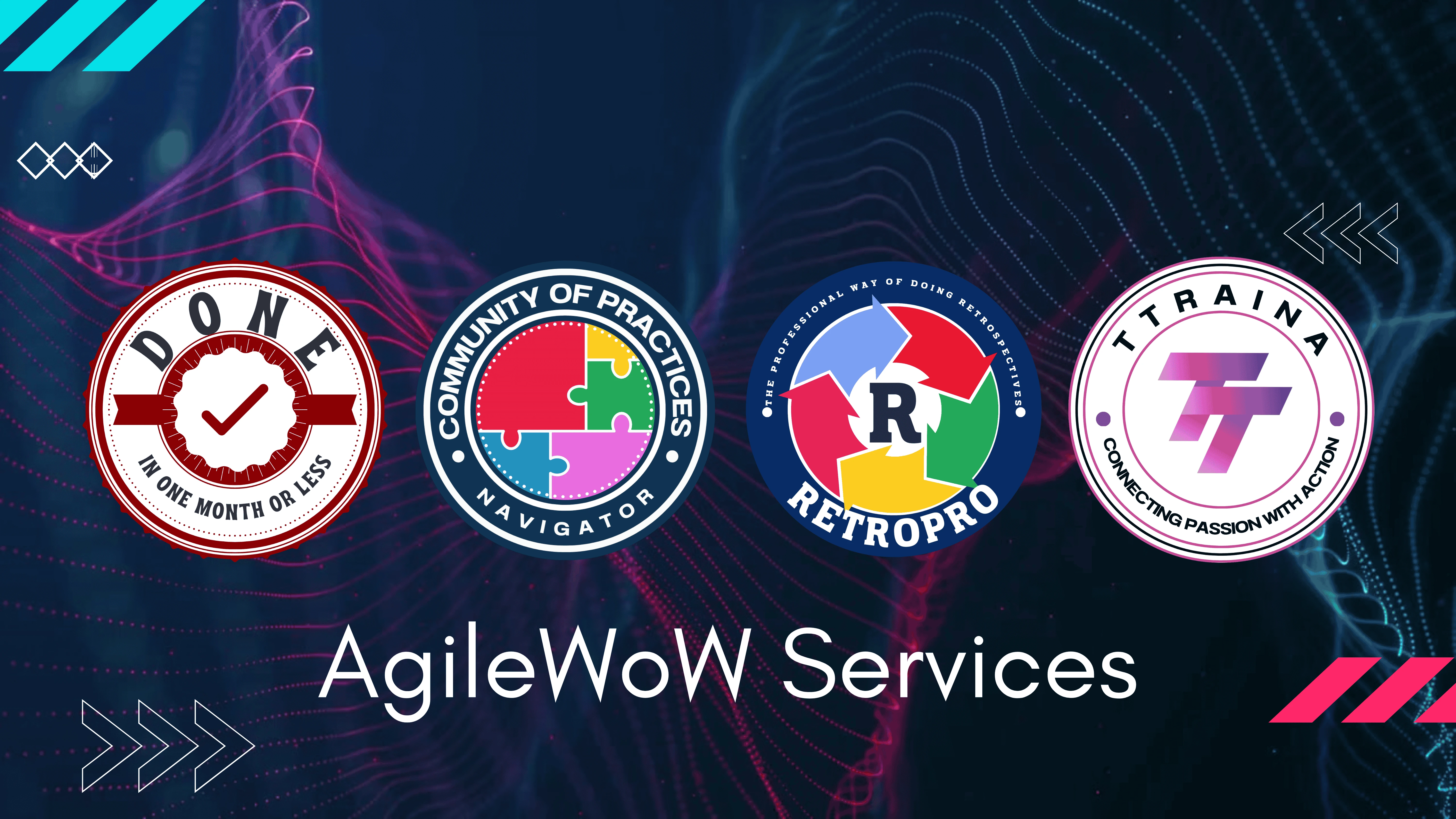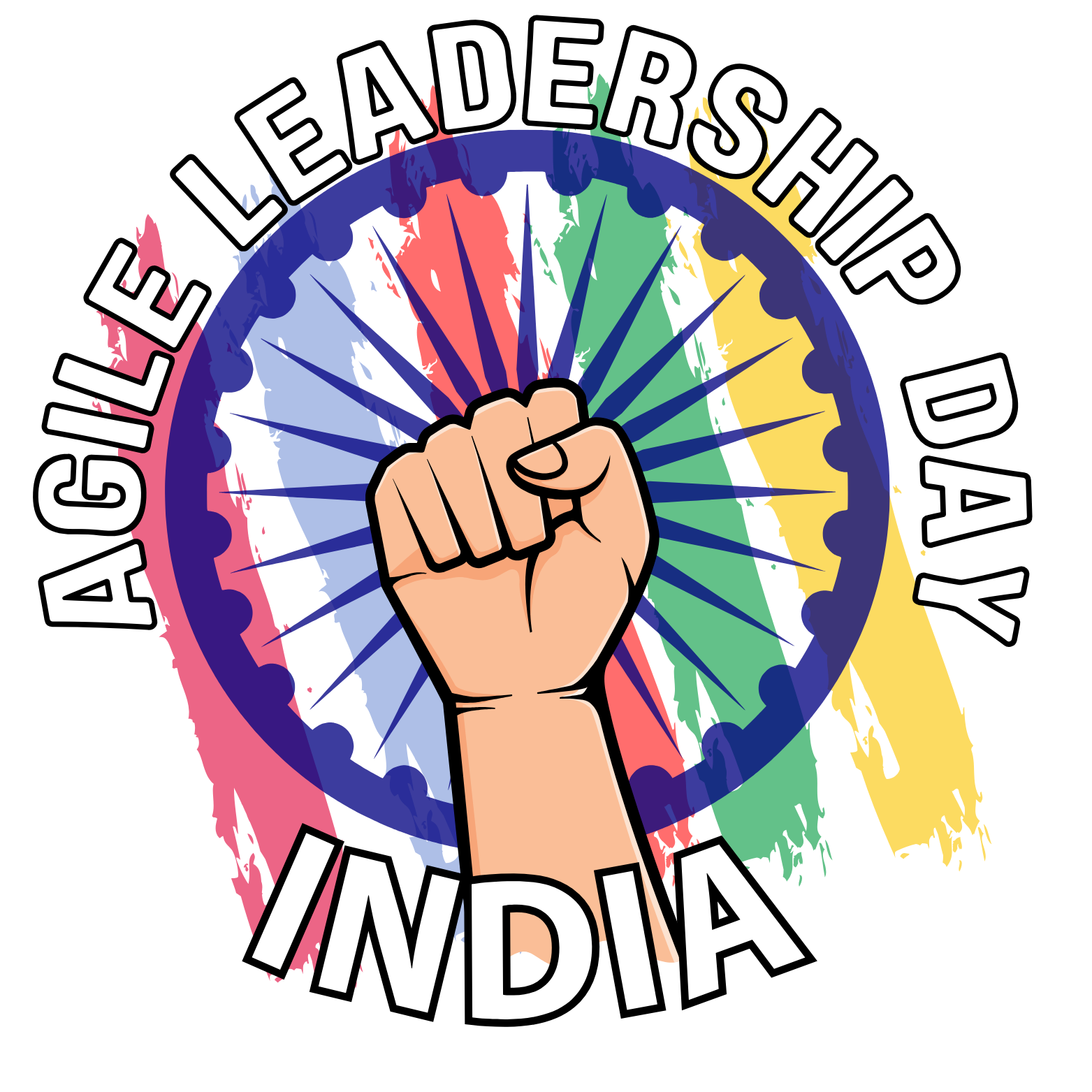If you’ve ever attended a Scrum training or read the Scrum Guide, you’ve likely heard this line: "Scrum is founded on Empiricism and Lean Thinking."
But let’s be honest—these words sound like something out of a philosophy textbook, don’t they? Let’s understand what this actually means.
What is Empiricism?
Empiricism is a fancy word that simply means: “We make decisions based on what we observe.” We don’t rely on guesses, opinions, or long-term predictions. We inspect, we adapt, and we move forward—based on real data and real experience.
Scrum = Empiricism in Action
Scrum is built around short feedback loops called Sprints. Every Sprint, we:
- Plan what we want to do
- Do it
- Inspect what we did (via Planning, Daily Scrum, Review and Retrospective)
- Adapt for the next Sprint
That’s Empiricism at work.
Empiricism in Scrum Events
Let’s connect the dots:
The following table:
| Scrum Event | Empirical Practice |
|---|---|
| Sprint Planning | We set a goal based on current understanding |
| Daily Scrum | We inspect progress towards the goal and adjust course |
| Sprint Review | Stakeholders inspect the product increment |
| Sprint Retrospective | Team inspects the process and adapts for improvement |
Each event is a feedback checkpoint — an opportunity to learn and improve.
What is Lean Thinking?
Lean Thinking is about maximizing value while minimizing waste. It originally came from Toyota’s manufacturing system but is now everywhere, including Agile.
In Scrum, Lean Thinking shows up when we:
- Focus only on work that adds value to the customer
- Avoid multitasking, delays, and over-processing
- Encourage small batches of work (short Sprints)
- Continuously improve (Kaizen mindset)
Scrum = Empiricism + Lean Thinking
Scrum brings together:
- Empiricism → Learn from doing
- Lean Thinking → Do only what matters, improve continuously
Together, they help teams move fast, stay focused, and continuously get better.
Don’t Be a Fortune Teller
Scrum doesn’t ask you to be a prophet or fortune teller. It asks you to act, observe, and adapt. That’s Empiricism. It also encourages you to trim the fat, reduce delays, and focus on value. That’s Lean Thinking. And when these two work together, magic happens. Teams grow. Products improve. Customers smile.
Have you seen Empiricism or Lean Thinking at work in your projects? Share your story in the comments!





